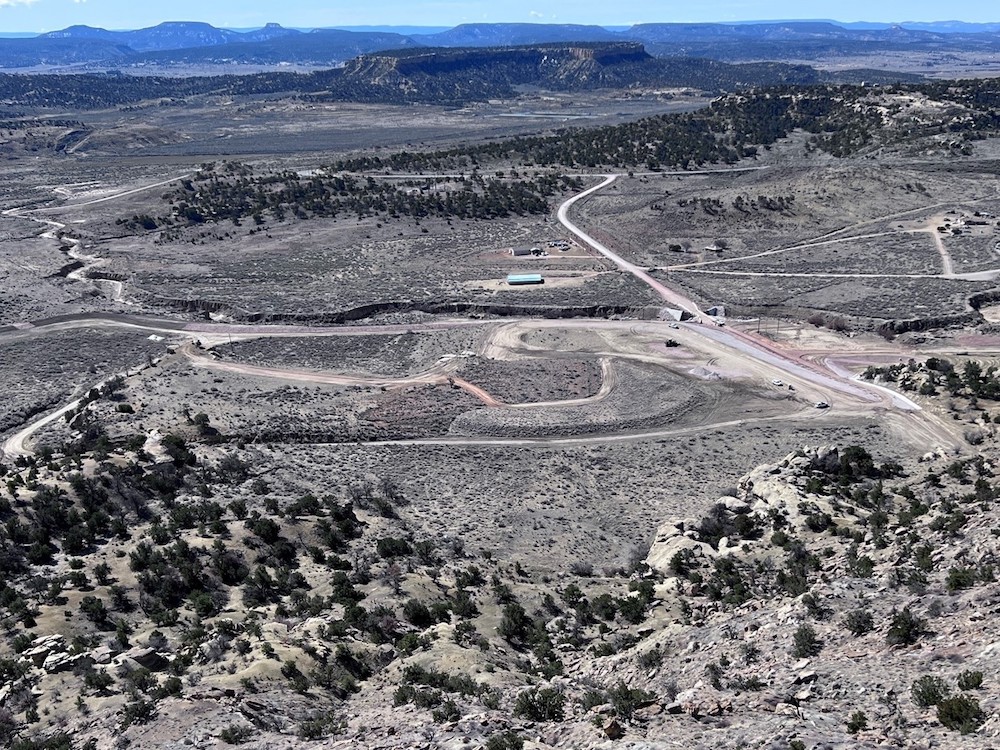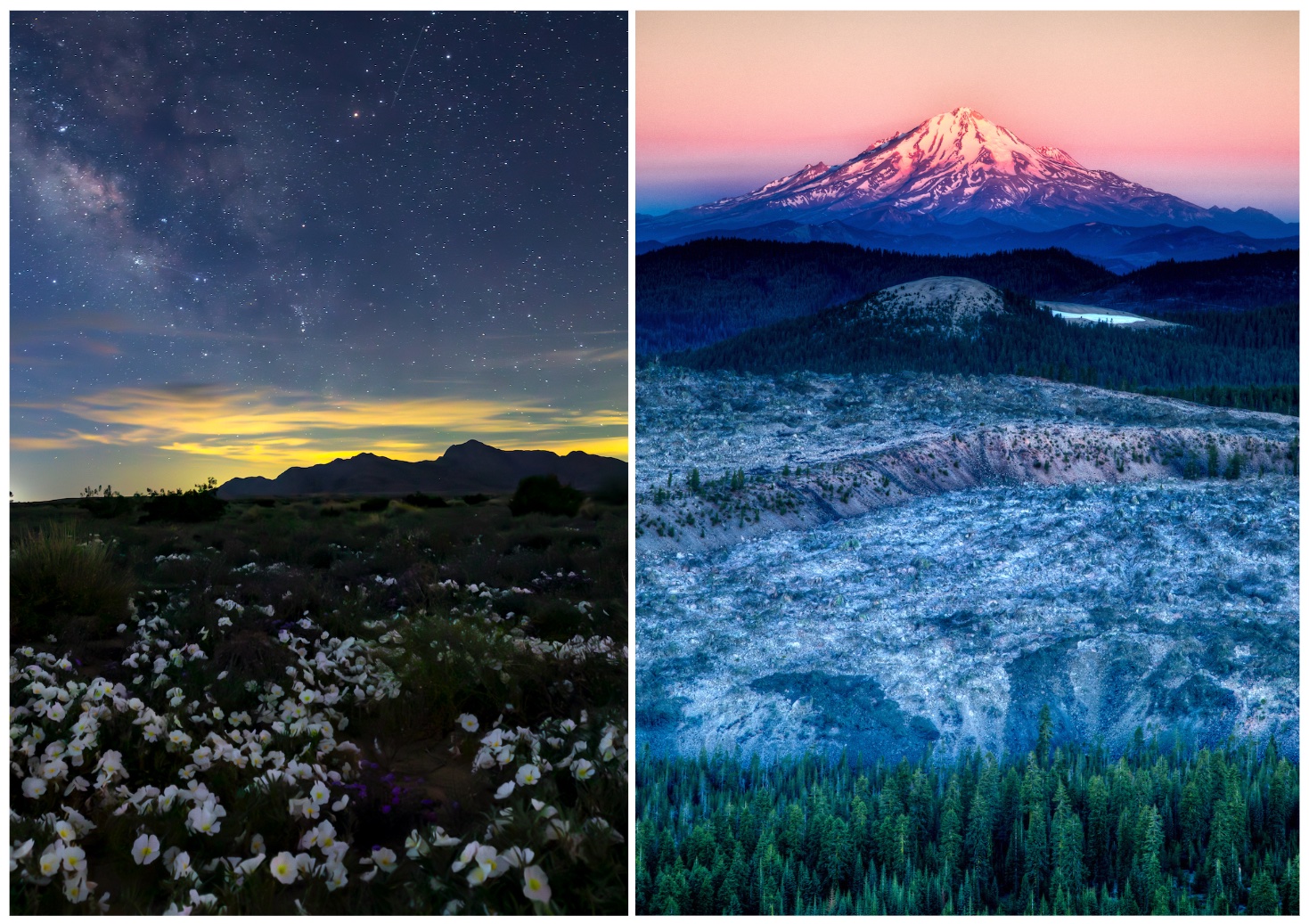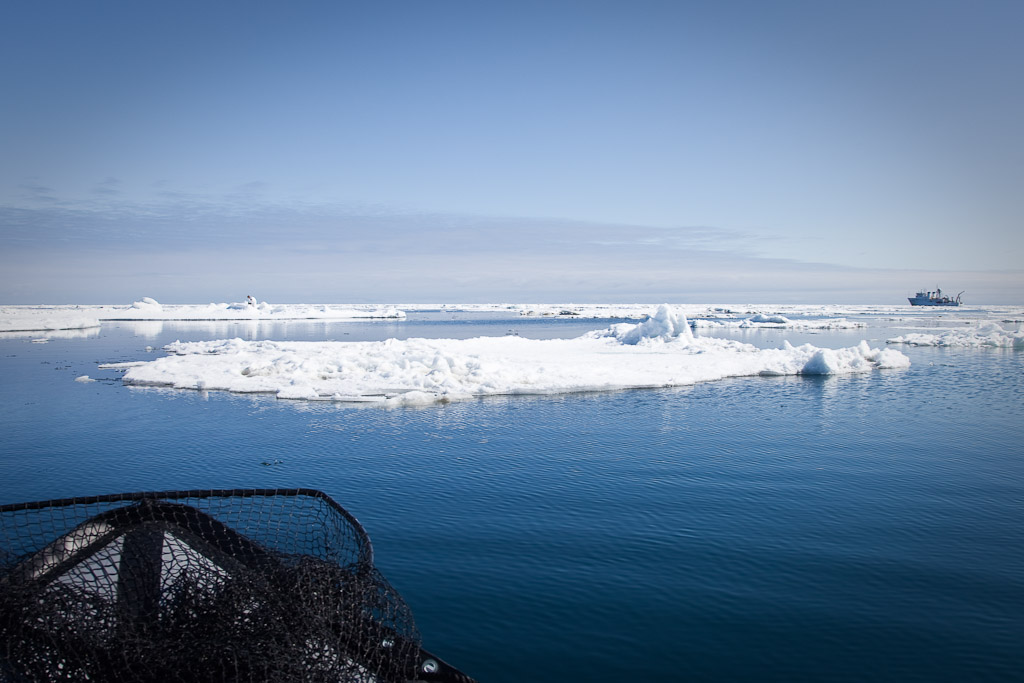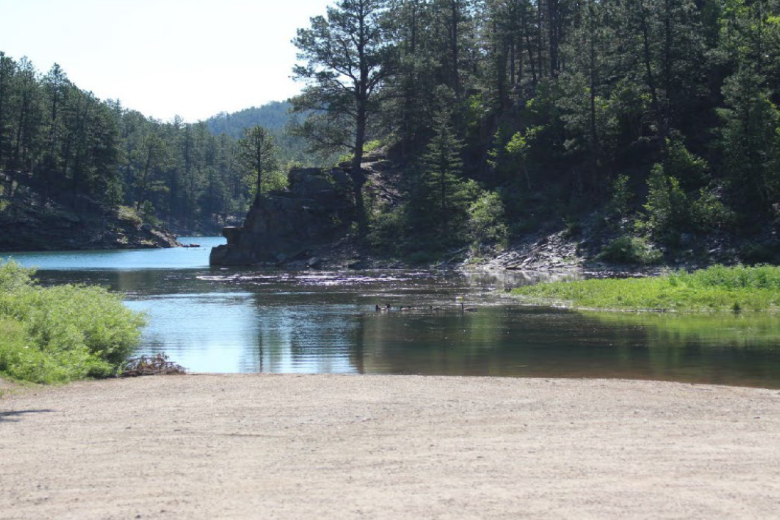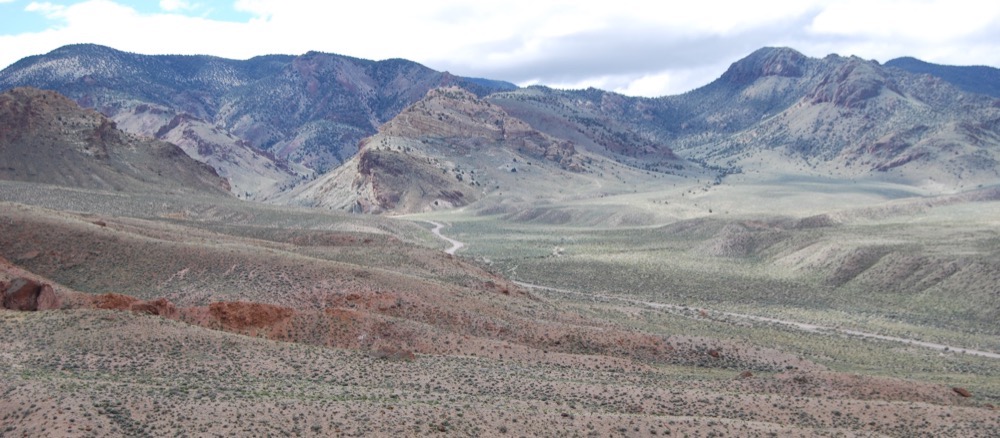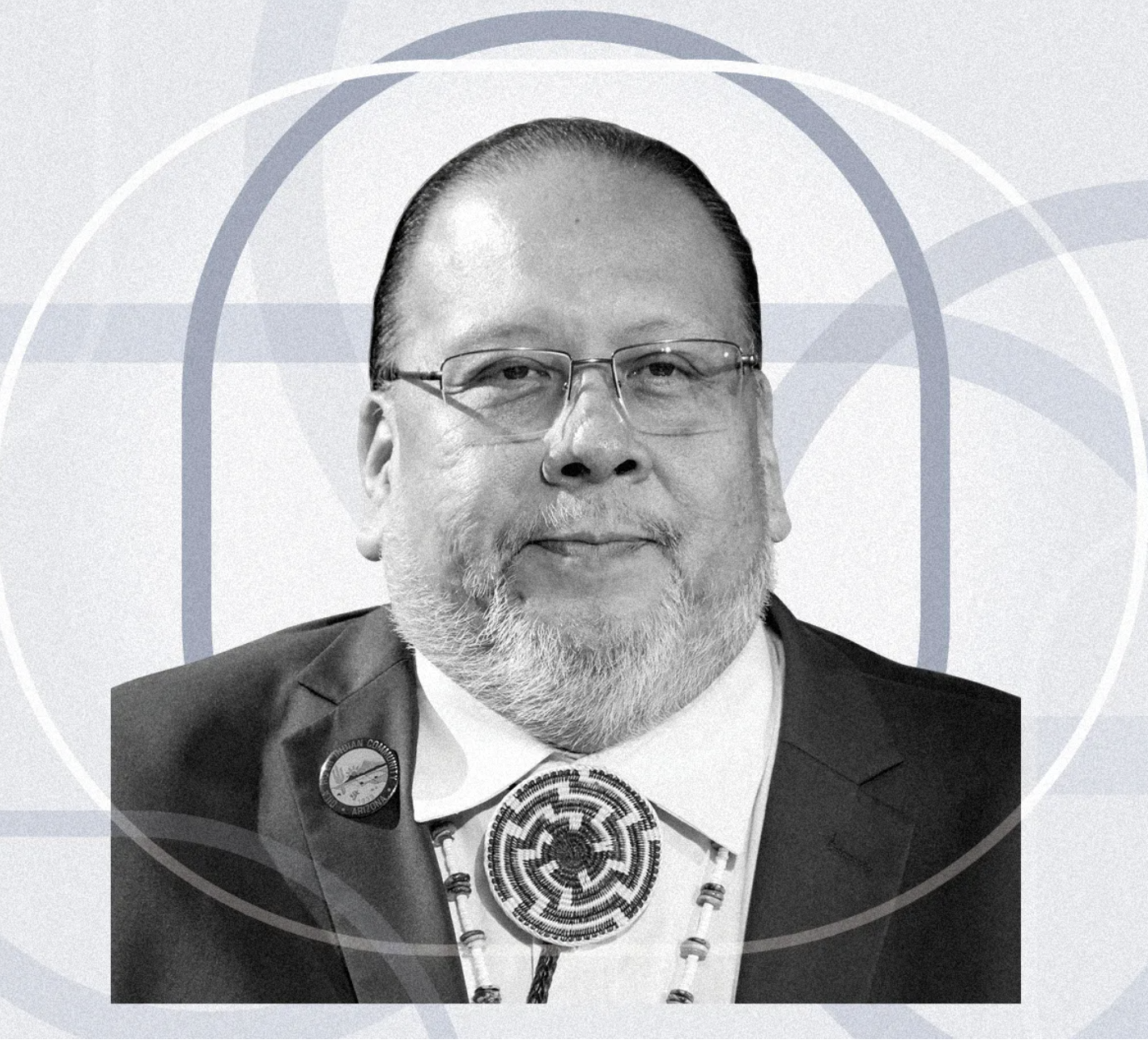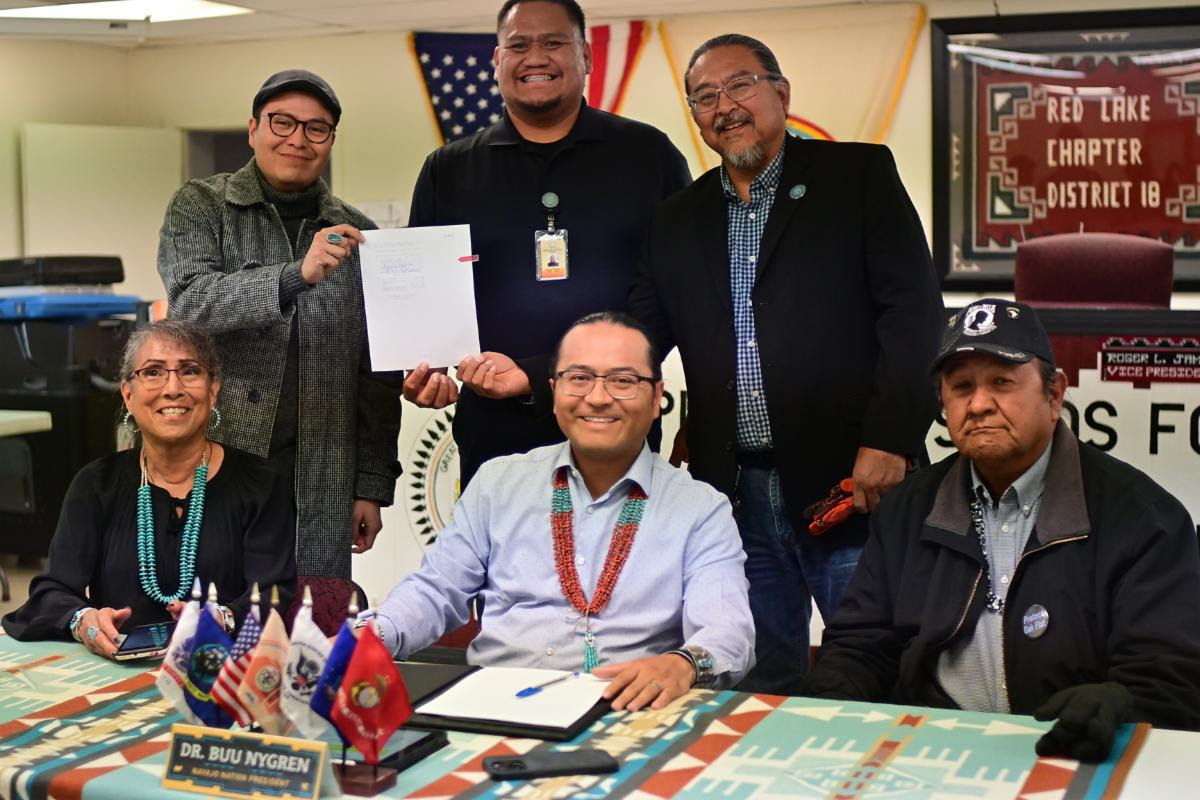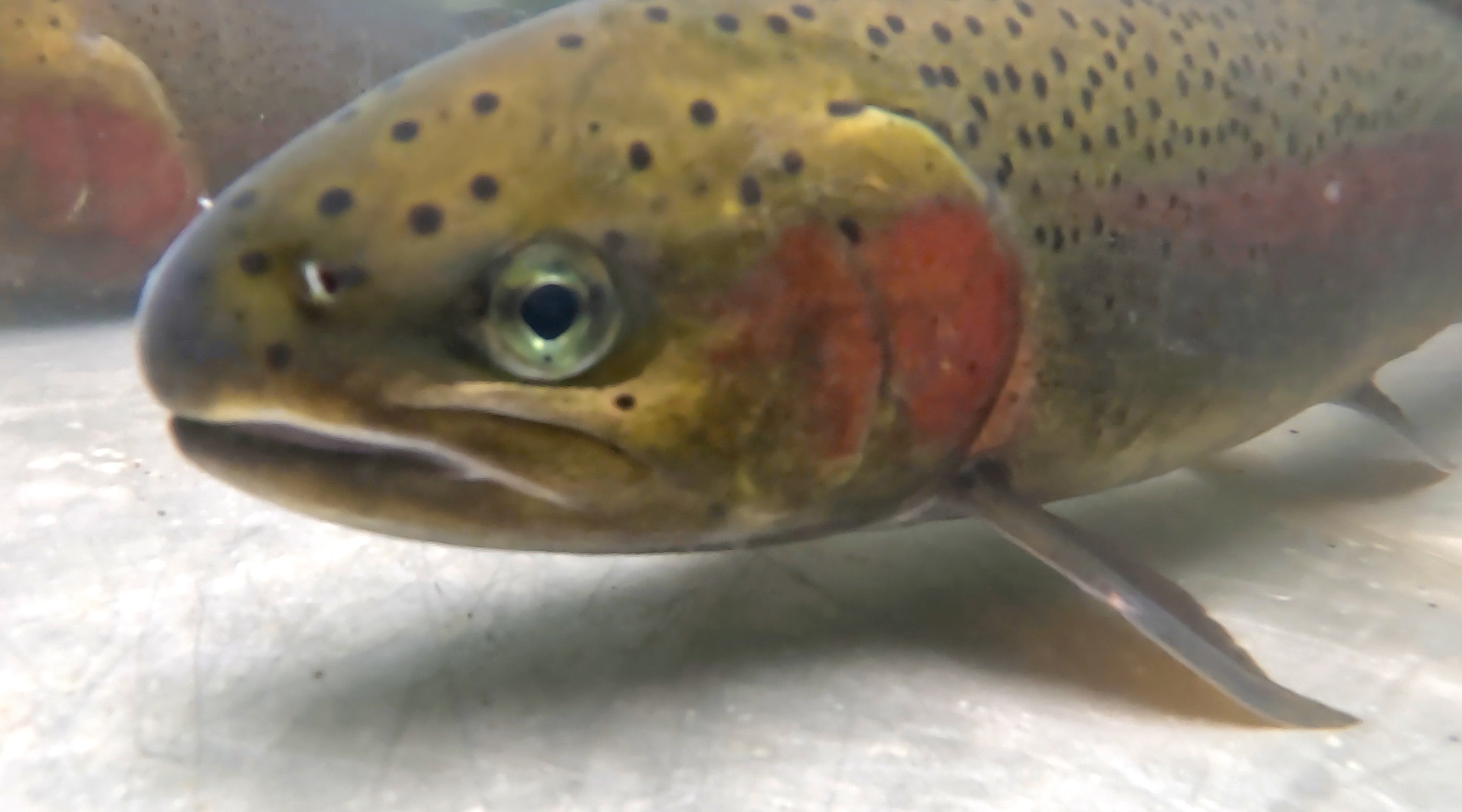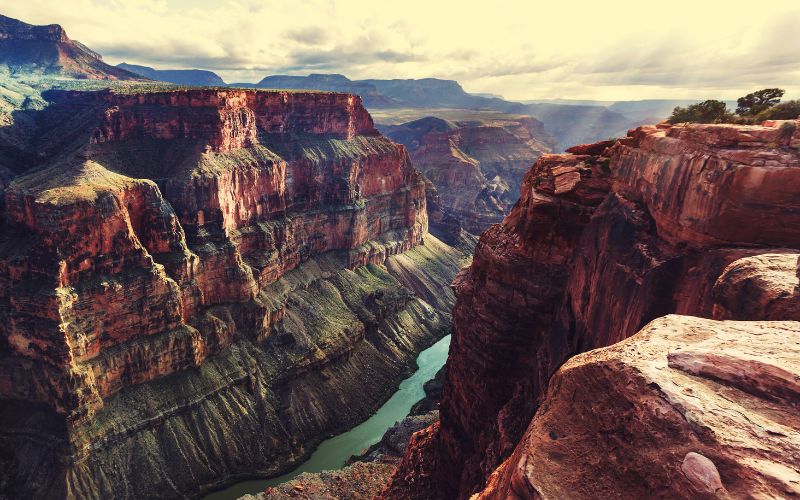Environment
- Type: Default
- Ad Visibility: Show Article Ads
- Reader Survey Question: No Question
- Video Poster: https://nativenewsonline.net/images/10_Years_Logo.png
The Environmental Protection Agency will move uranium mine waste from Churchrock, New Mexico to the Red Rock regional landfill where it can be safely stored forever.
- Details
- By Neely Bardwell
- Type: Default
- Ad Visibility: Show Article Ads
- Reader Survey Question: No Question
- Video Poster: https://nativenewsonline.net/images/10_Years_Logo.png
The Biden administration established two new national monuments in California on Tuesday, protecting more than 848,000 acres of tribal ancestral lands through designations that emphasize Native American co-management.
- Details
- By Kaili Berg
- Type: Default
- Ad Visibility: Hide Article Ads
- Reader Survey Question: No Question
- Video Poster: https://nativenewsonline.net/images/10_Years_Logo.png
President Biden blocked future oil and gas development across more than 625 million acres of U.S. waters today, including the Northern Bering Sea and areas along the Atlantic and Pacific coasts. The action represents the largest-ever presidential offshore protection measure, according to a White House memorandum.
- Details
- By Brian Edwards
- Type: Default
- Ad Visibility: Show Article Ads
- Reader Survey Question: No Question
- Video Poster: https://nativenewsonline.net/images/10_Years_Logo.png
U.S. Secretary of the Interior Deb Haaland (Laguna Pueblo) has signed Public Land Order 7956, solidifying protections for the Pactola Reservoir–Rapid Creek Watershed within the Black Hills National Forest. This decision aims to safeguard the area from potential impacts of mineral exploration and development.
- Details
- By Native News Online Staff
- Type: Default
- Ad Visibility: Show Article Ads
- Reader Survey Question: No Question
- Video Poster: https://nativenewsonline.net/images/10_Years_Logo.png
As mining activities escalate in western states and jeopardize indigenous lands and resources, the National Congress of American Indians called on Congress to enact legislation to protect Indigenous sacred sites from mining. The group’s General Assembly passed the resolution at its 2024 annual convention in Las Vegas, Nevada. NCAI is the oldest, largest and most representative Native American and Alaska Native organization serving the broad interests of tribal governments and communities.
- Details
- By Levi Rickert
- Type: Default
- Ad Visibility: Show Article Ads
- Reader Survey Question: No Question
- Video Poster: https://nativenewsonline.net/images/10_Years_Logo.png
Gila River Indian Community Governor Stephen Roe Lewis was named on Tuesday to the 2024 Time100 Climate 2024. The list features the 100 most influential leaders driving business to real climate action from around the globe.
- Details
- By Levi Rickert
- Type: Default
- Ad Visibility: Show Article Ads
- Reader Survey Question: No Question
- Video Poster: https://nativenewsonline.net/images/10_Years_Logo.png
The Navajo Nation is set to address longstanding chemical and petroleum contamination across its lands, targeting abandoned business sites and a significant former tribal enterprise in a mountainous region.
- Details
- By Native News Online Staff
- Type: Default
- Ad Visibility: Show Article Ads
- Reader Survey Question: No Question
- Video Poster: https://nativenewsonline.net/images/10_Years_Logo.png
Biologists from the Confederated Tribes of Warm Springs and Portland General Electric (PGE) have successfully gathered over 250 adult steelhead at the Pelton Round Butte hydroelectric project—the largest steelhead return recorded since dams were constructed on the Deschutes River in the 1960s. This early return signals a positive trend for the season, as Deschutes River steelhead runs usually continue from late summer into the following March.
- Details
- By Native News Online Staff
- Type: Default
- Ad Visibility: Show Article Ads
- Reader Survey Question: No Question
- Video Poster: https://nativenewsonline.net/images/10_Years_Logo.png
The National Park Service (NPS) has issued its first-ever Director’s Order focused on nation-to-nation consultations with Indian and Alaska Native Tribes, a move aimed at strengthening relationships and ensuring Tribal voices are central in federal decision-making regarding park resources.
- Details
- By Native News Online Staff
- Type: Default
- Ad Visibility: Show Article Ads
- Reader Survey Question: No Question
- Video Poster: https://nativenewsonline.net/images/10_Years_Logo.png
This story is a product of the Mississippi River Basin Ag & Water Desk, an independent reporting network based at the University of Missouri in partnership with Report for America, with major funding from the Walton Family Foundation.
- Details
- By By Madeline Heim and Frank Vaisvilas, Milwaukee Journal Sentinel

